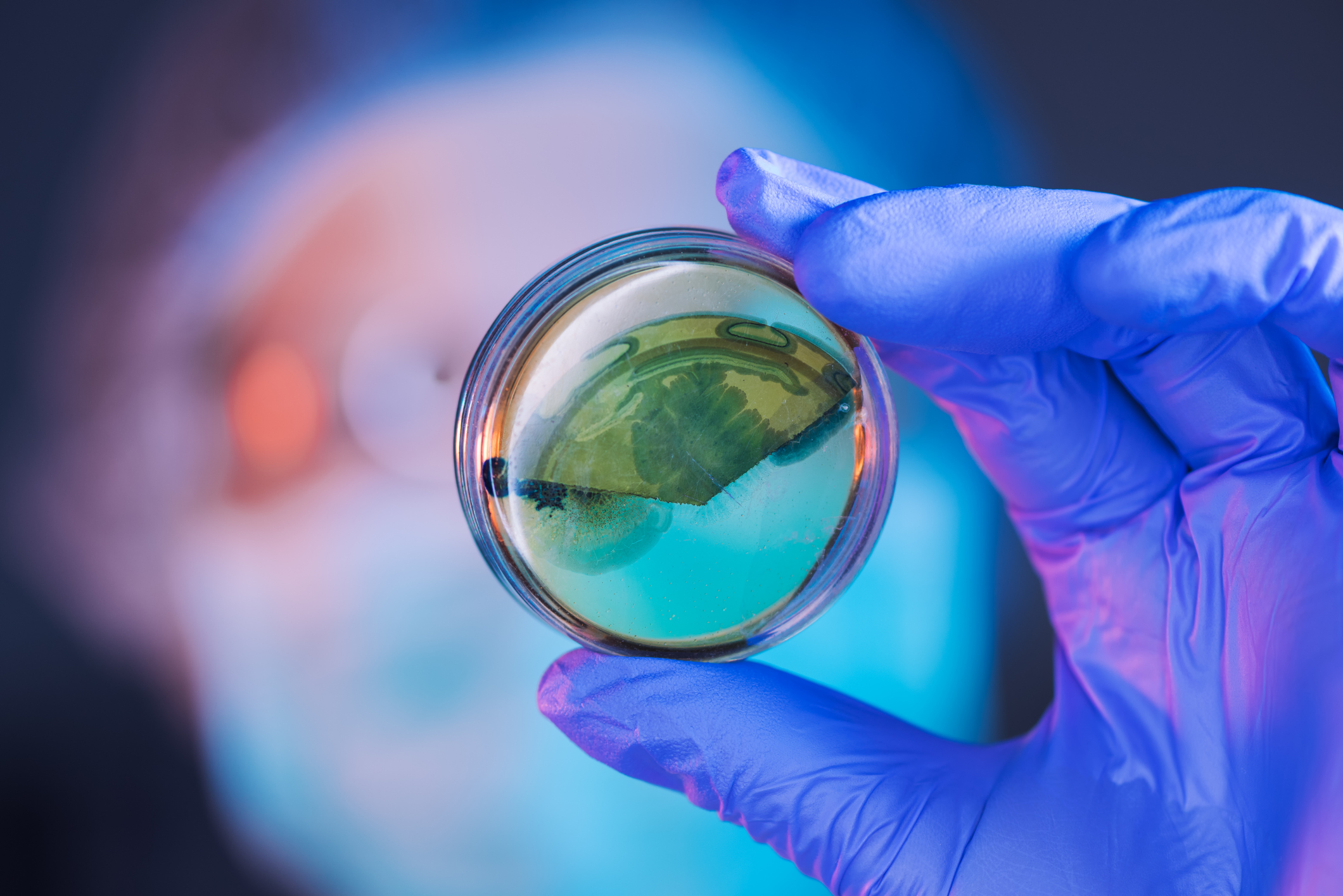Get This Report about Bacteria Testing
Wiki Article
Bacteria Testing - Questions
Table of ContentsThe Basic Principles Of Bacteria Testing The 10-Minute Rule for Bacteria TestingThe Basic Principles Of Bacteria Testing Get This Report about Bacteria TestingNot known Facts About Bacteria TestingThe Best Strategy To Use For Bacteria Testing
Coliforms are microorganisms that are always present in the digestive system tracts of animals, including human beings, and are found in their wastes. They are also discovered in plant and dirt product. Water pollution brought on by fecal contamination is a severe issue as a result of the potential for contracting illness from virus (diseasecausing microorganisms).As an outcome, it is not sensible to examine for virus in every water example accumulated. Coliforms are reasonably very easy to determine, are normally present in larger numbers than more dangerous pathogens, and react to the setting, wastewater treatment, and water treatment similarly to many pathogens.

Bacteria Testing - An Overview
is the significant species in the fecal coliform team. Of the 5 general teams of bacteria that consist of the overall coliforms, just E. coli is typically not located growing and reproducing in the atmosphere. Consequently, E. coli is thought about to be the varieties of coliform bacteria that is the most effective indication of fecal pollution and the feasible visibility of pathogens.Recent outbreaks of disease caused by E. Bacteria Testing. coli 0157: H7 have produced much public issue regarding this organism. E. coli 0157: H7 has been found in cattle, chickens, pigs, and sheep.
Checking for germs is the only reputable method to know if your water is secure. You can not inform by the look, taste, or scent of the water if disease-causing microorganisms are in it.
The Greatest Guide To Bacteria Testing
Late springtime or early summer season are the most effective times to examine your well, given that coliform contamination is most likely to turn up during damp weather condition (Bacteria Testing). Whether your examination results are favorable or negative, recognize that the sample you accumulated is just a "picture" of your well's water top quality. The more examples you have checked, the more certain you can be about the high quality of the water you are drinking
A faulty well is often the cause when coliform bacteria are found in well water. - seals around cables, pipes, and where the cap satisfies the casing may be fractured, allowing in impurities - cracks or openings in the well casing permit water that weblink has actually not been filteringed system with the dirt to get in the well.
The Greatest Guide To Bacteria Testing
The U. S. Environmental Defense Company (EPA) requires public water supply to routinely evaluate water for complete coliform germs and E. coli (Bacteria Testing). Safe drinking water does not have E. coli or various other microorganisms in it. Here are some suggestions on how to stop and resolve coliform germs contamination: Protect Your Well by constructing it in a risk-free spotYou are responsible for keeping your well water secure and testing more information it as needed. You can likewise call your county to see if they have any programs to make screening your water easier.
Decontaminate your well with a chlorine solution, utilizing the very same Well Disinfection steps as above. Examine your well water once more after disinfection to verify there are no coliform microorganisms. You click this can use the water once more, without steaming, as soon as the well has been decontaminated and the water no more checks favorable for coliform bacteria.
Bacteria Testing Can Be Fun For Anyone
Your public water system is regularly tested for coliform microorganisms. The system will certainly release a public notification within 24 hours if it discovers E. coli.You can find the coliform bacteria test results for the systems serving places various other than where you obey speaking to the water supply.
The National Ground Water Organization (NGWA) suggests well owners check their water at the very least yearly for microorganisms, nitrates, and any type of impurities of neighborhood problem. Extra constant testing ought to be thought about if: There is a modification in the taste, odor, or look of the well water, or if a trouble happens such as a damaged well cap, inundation by floodwaters, or a new contamination resource The well has a background of bacterial contamination The septic system has actually just recently malfunctioned Relative or residence visitors have frequent occurrences of intestinal disease A baby is residing in the home, or To keep an eye on the efficiency and efficiency of home water treatment equipment.
Bacteria Testing Can Be Fun For Anyone
Extra tests may be advised if water shows up gloomy or oily, if bacterial development shows up on fixtures, or water therapy devices are not functioning as they should. Contact your water well contractor, state department of natural resources, or local health division for information on regional water quality problems.Examine your water at the very least 2 times a year. Call a public wellness assessor to see what's finest for your water supply. Coliforms are a team of germs that are virtually everywhere. They remain in soil, plants, sewage, and manure. E. coli are microorganisms that individuals and some animals have in their intestinal tracts.Report this wiki page